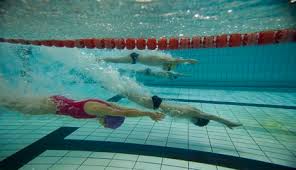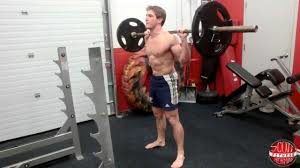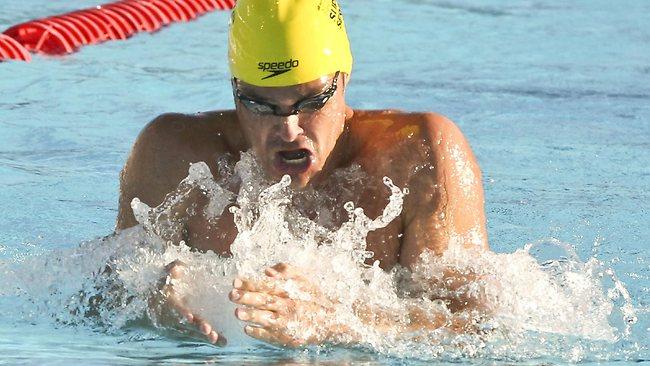Overtraining in a Swim Season
Once a base of swim skills has been built up it never completely disappears. This is why we have athletes like Michael Phelps who can take an extended break and come back to win gold medals. It is also why we have  collegiate athletes who can take entire summer off out of the pool and come back in and compete after a few weeks of training under their belt. The danger is that in an effort to regain their ability quickly they try to do too much. A swimmer may do this in order to get there faster. This, however, can cause them to fall into an overtraining phase where they struggle to recover.
collegiate athletes who can take entire summer off out of the pool and come back in and compete after a few weeks of training under their belt. The danger is that in an effort to regain their ability quickly they try to do too much. A swimmer may do this in order to get there faster. This, however, can cause them to fall into an overtraining phase where they struggle to recover.
Back to School
You see this in the early season, collegiate athletes, return to school with high levels of motivation. Then initially try to do more to get their strength and fitness back faster. Their coaches will give them higher volume training in the pool than they have done all summer. Then they will begin their weights sessions and look to do additional sessions on their own. The issue with this is the push themselves too far too soon. As their season progresses their motivation can dip, their workload in the classroom increases, their performance can stall and by the end of the season. They truly are running on fumes because they started with too much of a workload. Before they know it, they have been overtraining.
Eric Helms is a professional powerlifter and natural bodybuilder who holds two Masters degrees, one in philosophy in sports nutrition for energy-restricted weightlifters and a second in exercise science in performance enhancement and injury prevention. performance enhancement specialist with the NSCA, NASM and USAW. Eric is also pursuing his PhD in strength and conditioning from AUT in Auckland, New Zealand. It is through his research that I have been able to truly understand how to effectively train athletes in the pool and gym. The main goal has to be progressive overload for the athlete, this means that the optimal amount of training volume and frequency is the minimum amount possible in which you see good progress. Helms states, “I advise people start on the low-end range of what seems to be in the range of optimal, and then only increase if performance is not increasing”.
in which you see good progress. Helms states, “I advise people start on the low-end range of what seems to be in the range of optimal, and then only increase if performance is not increasing”.
Start from the bottom and build
So with swim training, especially when a strength program is included in their schedule you want to start low. This could be two or three gym sessions a week and 5 swim sessions a week. As the season progresses you can add another gym session plus add some swim mornings. Obviously, you would increase both volume and intensity within the sessions. While doing this there also needs to be deload weeks in the weight room to prevent overtraining. Athletes should be doing recovery sessions in the pool and have overall great nutrition.
As a coach, it must be your priority to continually make progress with your athletes. This can be sometimes hard to judge due during the course of a season. Because not every swim will be a personal best but progress in their sessions is a great marker. Being able to perform more intense sessions, holding better averages and generally lowering intervals throughout the season are all measurable areas to look at. If they can’t do this it may be time to look at how you have increased their volume and if it needs to be altered for their benefit.
